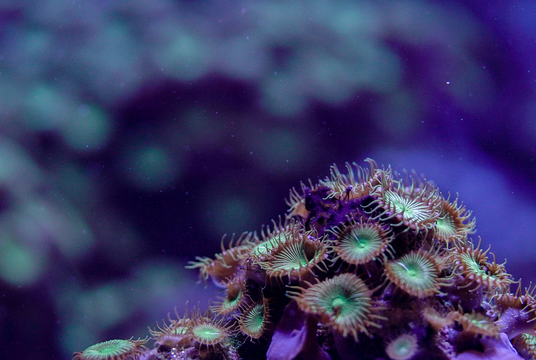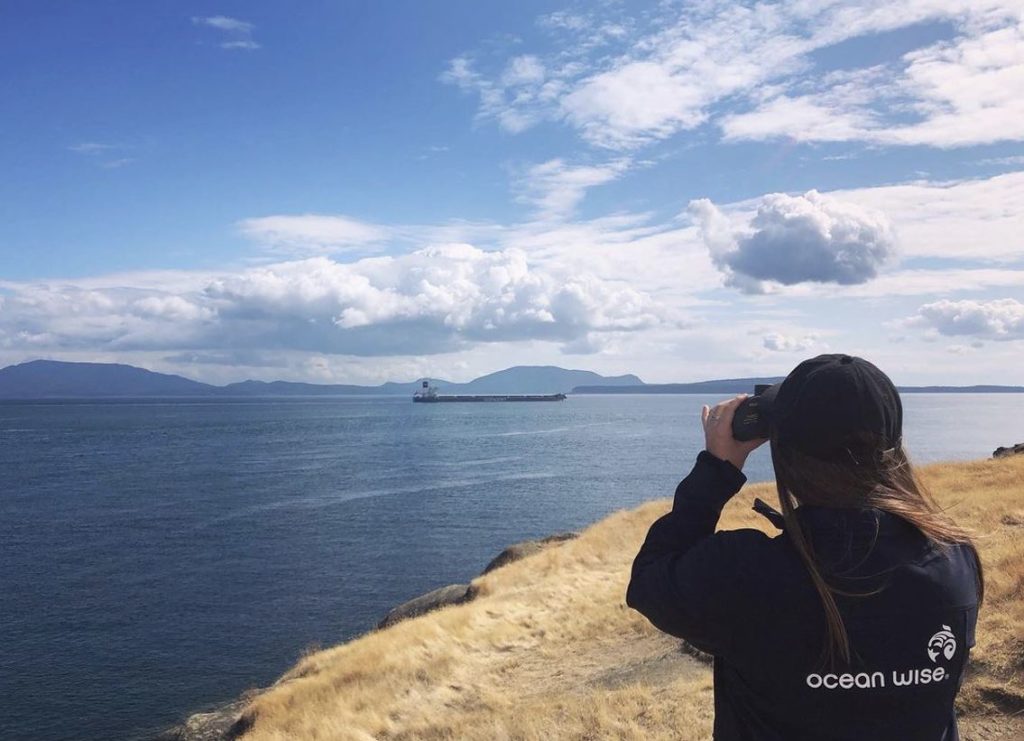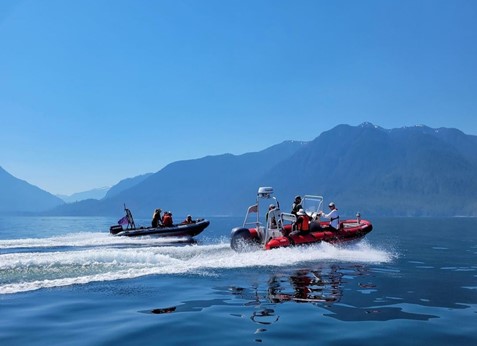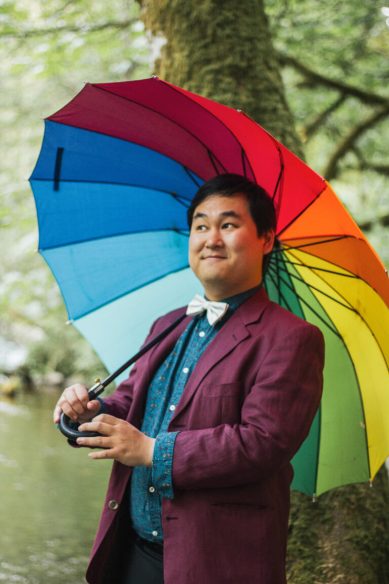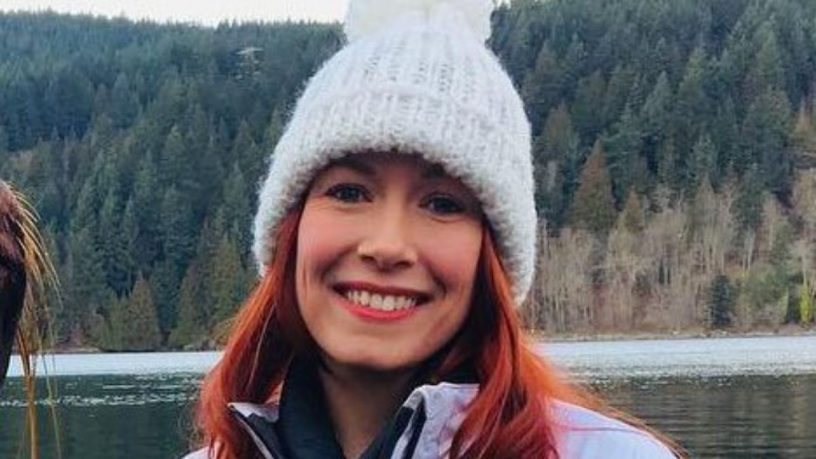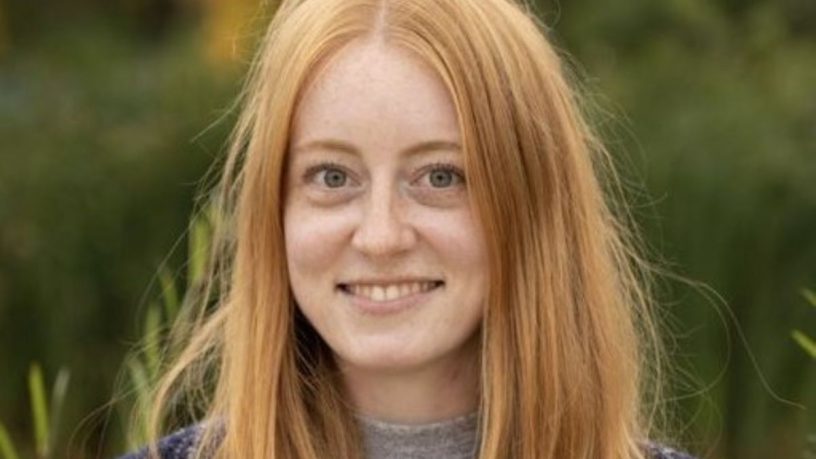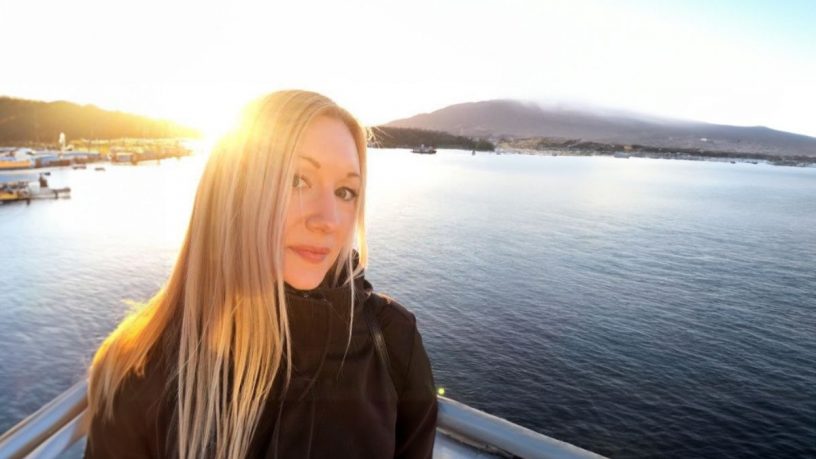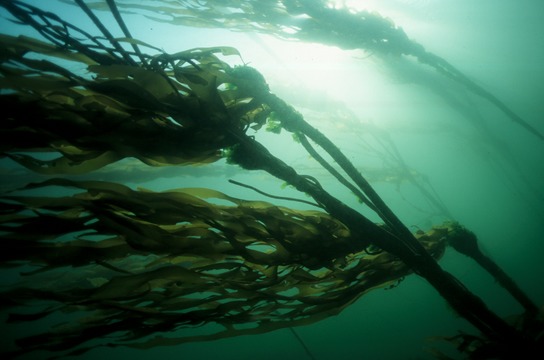
Shedding Light on the Local Kelp Environment
When I think about kelp forests the first thing that comes to mind is tall, canopy kelps that form an underwater forest full of fish and invertebrate life. As a research diver, diving in a kelp forest is a truly amazing underwater experience. However, kelp forests in Howe Sound where I conduct my research look quite a bit different.
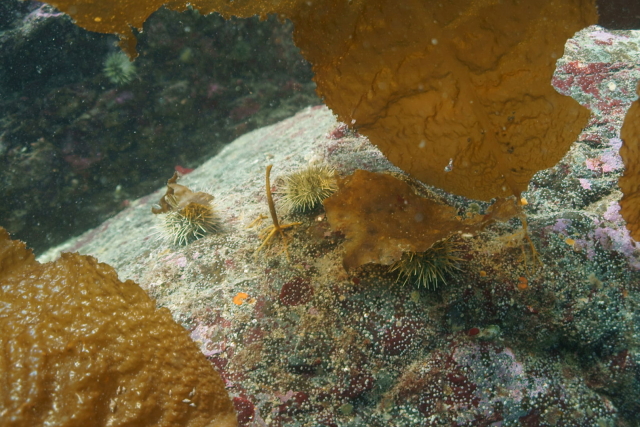
In Howe Sound, there is no giant kelp and there is very little bull kelp (the two most commonly recognized canopy kelps) and thus no lush, three-dimensional marine forests are found here. Instead, rocky reefs in Howe Sound are dominated by sea colander kelp (Neoagarum fimbriatum) , which lies flat against the seabed. This kelp plays a similar role to the more familiar canopy kelps by forming dense, multi-layered beds. These kelp beds are essential habitat for many marine invertebrates and small fishes, often providing the necessary refuge from predators during early development. Unfortunately, this habitat has been in decline in Howe Sound since 2013 when the loss of top-predator sunflower stars led to an increase in kelp grazers, like the green sea urchin. In light of such a major community shift in this marine habitat, I embarked on a research project that aimed to improve our basic understanding of Neoagarum kelp and how a precipitous increase in grazer abundance might impact the persistence of these all-important kelp beds.

Over the course of two years for my Master’s Thesis at UBC’s Department of Botany, I collected data on growth rate of kelp, and seabed temperature and light at Neoagarum dominated reefs to document the seasonal patterns and natural fluctuations in this kelp. For such a locally dominant kelp we knew surprisingly little about its natural population fluctuations.
While monitoring growth in the field, I also began to address the concerns about increased grazer abundance and its effect on kelp loss. I conducted field feeding experiments to determine how urchin abundance – from just a few urchins up to 80 urchins m-2 – related to the rate of kelp loss over a 24-hour time frame.
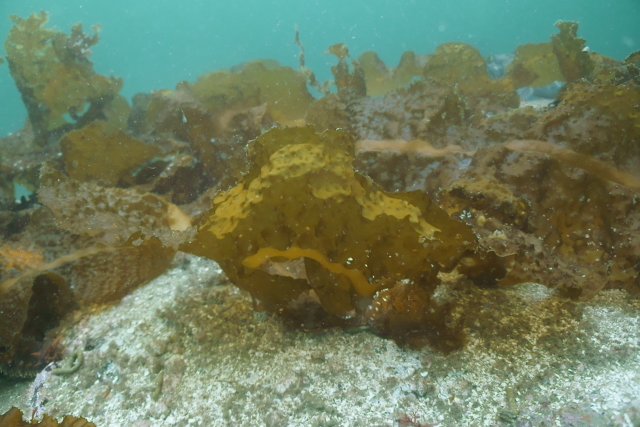
After three years of data collection and over 150 dives studying this kelp bed habitat, I learned a lot about a species of seaweed that very few people had ever studied in detail. I found that it can grow surprisingly fast for perennial species found in the subtidal environment, with growth rates reflective of the highly variable light conditions on the seafloor of Howe Sound. As a photosynthesizing organism, kelp relies a great deal on light for growth. Despite consistent year-round growth, the finding of my second study looking at kelp loss as a function of urchin abundance suggest that the rate of growth is likely not enough to outpace the rate of kelp loss due to urchins at their current abundance. So what does this mean for the long term health of Neoagarum kelp beds in Howe Sound? Unless green urchins suddenly decline in abundance or we see a significant return of sunflower star predators, it is unlikely that these kelp beds will flourish again soon on these otherwise kelp barren rocky reefs.
Laura Borden is a Research Diver and Analyst with Ocean Wise’s Howe Sound Research Group.
Posted October 19, 2018 by Ocean Wise
